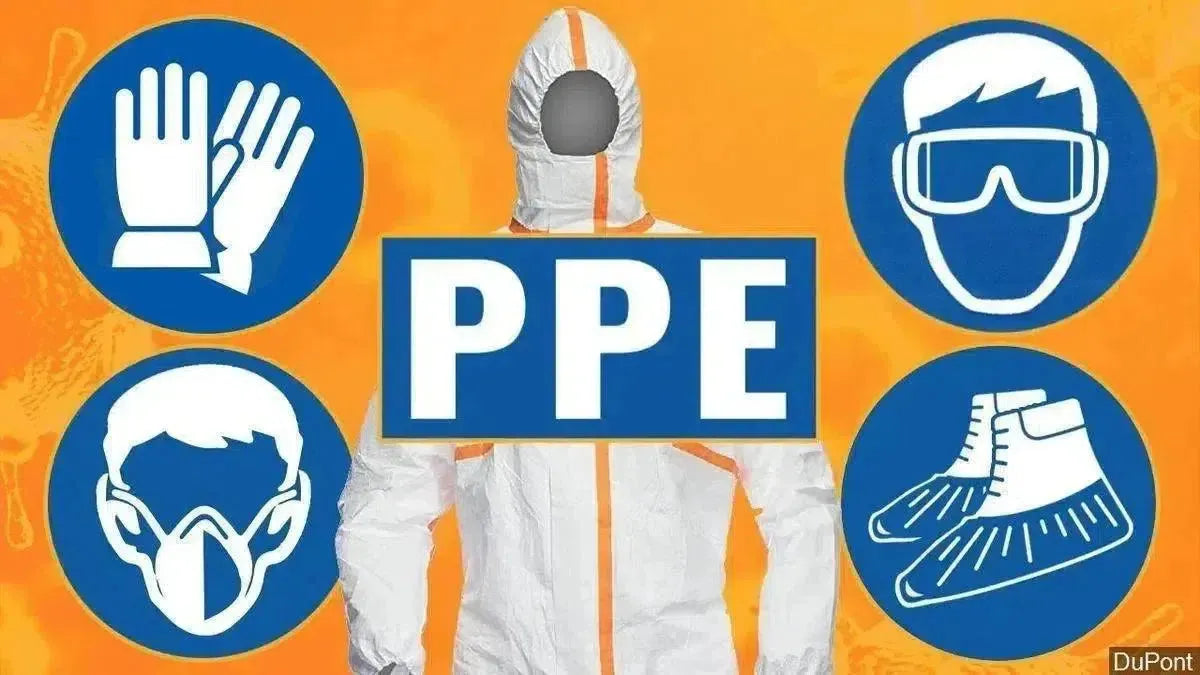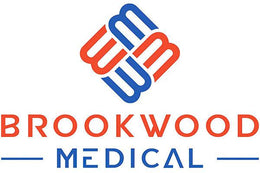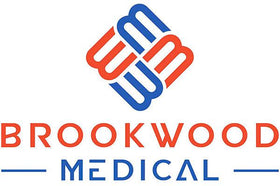What Exactly Is Personal Protective Equipment (PPE)?

Are you concerned about the spread of germs, and especially of COVID-19? Are you wondering how Personal Protective Equipment (PPE) can help?
PPE has never been more important, and many are required to wear it when they're in the presence of those who don't live in their households.
Here's what you need to know.
What Is Personal Protective Equipment?
Personal protective equipment is anything that's used to protect an individual against hazards. During the time of COVID-19, it's anything that's used for providing a barrier and thus preventing the spread of bacterial infections.
PPE can protect the skin, mouth, nose, and eyes from getting or spreading the germs that could cause COVID-19. It can minimize the spread of germs, especially when used along with other infection control practices. These include frequent hand-washing, the use of hand sanitizers, and covering your mouth when you cough or sneeze.
It's also important that folks disinfect often when sharing rooms or furniture with others. This may involve wiping down frequently touched surfaces such as doorknobs, light switches, or tabletops just after use. Many businesses also strive to limit sharing as much as possible when it comes to pens, paper, and other items.
1. Masks
Face masks are now commonly worn in public to help prevent the spread of COVID-19. It can filter out large particles such as saliva and other respiratory secretions that can easily spread germs. They can also help prevent you from breathing in the respiratory secretions of others that could be in the air.
It's possible to spread COVID-19 even if you aren't exhibiting any symptoms, so you should be wearing masks in public even if you don't feel sick.
Cloth masks are a popular way for folks to save money because they don't require constant re-purchasing. You can simply wash them and wear them again. Cloth masks are also quite comfortable and eco-friendly since you won't always be throwing them out and polluting the environment.
For many, cloth masks are also a great way to express yourself. They're available in many different colors and patterns, so they can help you to make a cool fashion statement if you're into looking your best.
Medical-grade masks are required for those in healthcare who get exposed to sick patients on a regular basis. Cloth masks allow you to protect yourself and those around you without impacting the supply of those in dire need of medical-grade protective equipment.
2. Face Shields
Face shields have gotten used in healthcare settings for some time. They provide a curved, plastic panel that gets attached to a headband that can get worn over your face. Shields are designed to cover your eyes, nose, and mouth.
Face shields can reduce your exposure to contaminated particles, as well as your ability to contaminate surfaces.
The CDC does not, however, recommend that you wear face shields as a substitute for cloth masks. Shields have openings at the bottom. This means that, when wearing a face shield, you should also wear a mask.
Shields worn along with a mask can protect against viruses during some activities. Plastic shields are also often used to create a barrier against particles in everyday settings. This could be between desks at a school or folks eating in a cafeteria.
If you want to protect yourself and those you know against the spread of COVID-19, you should wear face shields only when it's impossible to wear a mask because you're eating or drinking, or when they're worn along with a mask.
3. Gloves
Disposable gloves are another type of PPE that's often used to protect against the spread of COVID-19. While they aren't necessary in most situations, they are recommended in situations where you're cleaning or caring for someone who is showing symptoms.
You can wear gloves when disinfecting areas that get frequently touched in your home. They should also get used when you come in contact with bodily fluids. Gloves should be thrown out after you wear them, and users should thoroughly wash their hands.
4. Goggles
Believe it or not, the eyes could also be an entry point for the virus. The CDC recommends that healthcare workers ear them when there is a risk of transmission.
Prescription glasses won't protect you against the transmission of the virus because there are openings at the top and bottom. Goggles can help protect you against the spread of the virus when you're in an area where there are large numbers of people. These include restaurants, grocery stores, and indoor working environments.
Goggles cannot, however, substitute for wearing a face mask.
5. Gowns
Protective clothing such as gowns can protect against the spread of droplets and bodily fluids. It can keep the virus from spreading to clothing, hands, and other parts of the body.
Gowns are typically worn in hospital settings where health care workers are exposed to germs on a regular basis. Alternative options include lab coats, disposable aprons, and pieces of clothing.
Reusable lab coats need to get washed frequently and according to guidelines. They should also get inspected regularly for holes, missing ties, or thinning. Gowns should be in good shape at all times.
The Power of Personal Protective Equipment
The spread of COVID-19 is a current concern of global proportions. With the right personal protective equipment, however, you can protect yourself against the spread of viruses and take every precaution necessary for staying safe and healthy.
Don't stop getting smart about your PPE now. For excellent masks of all shapes and sizes, contact us today.






